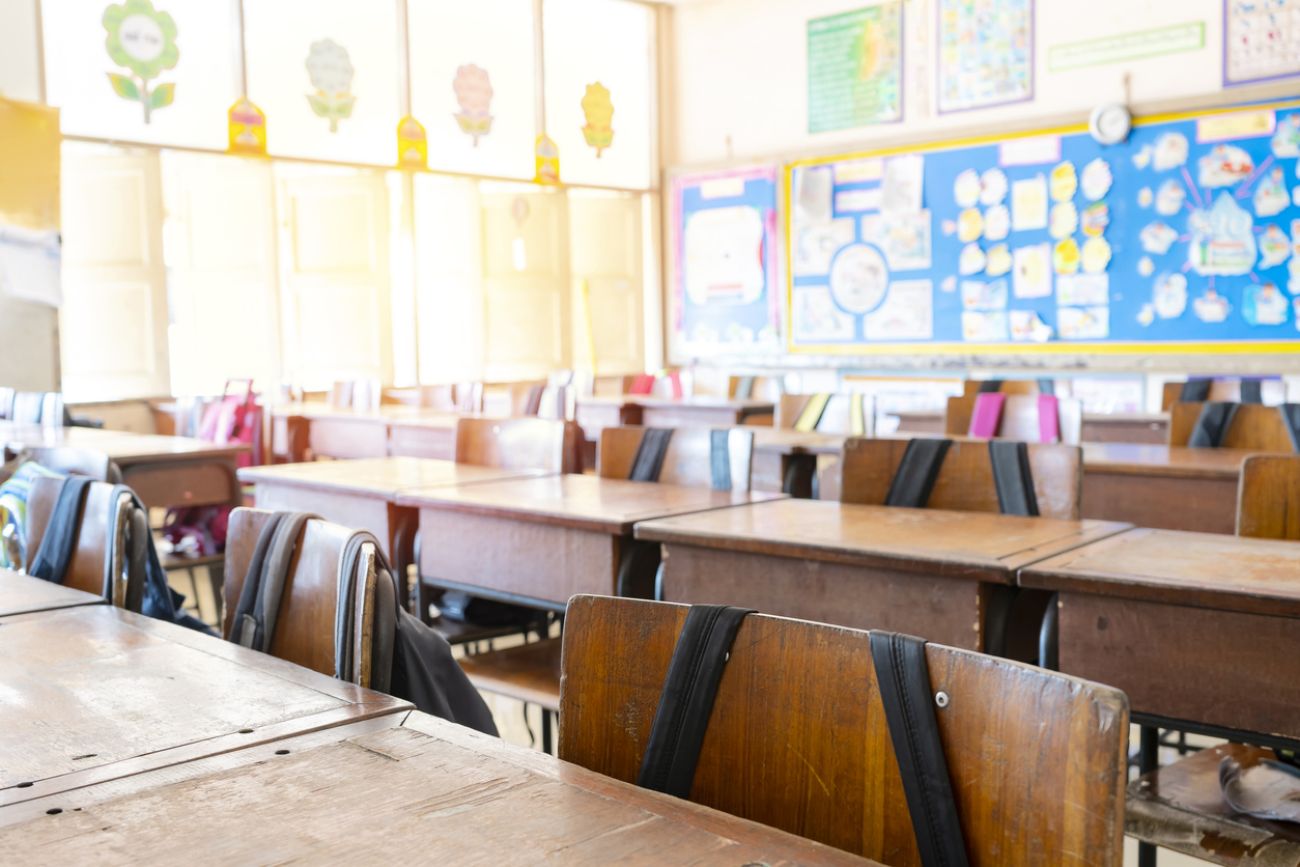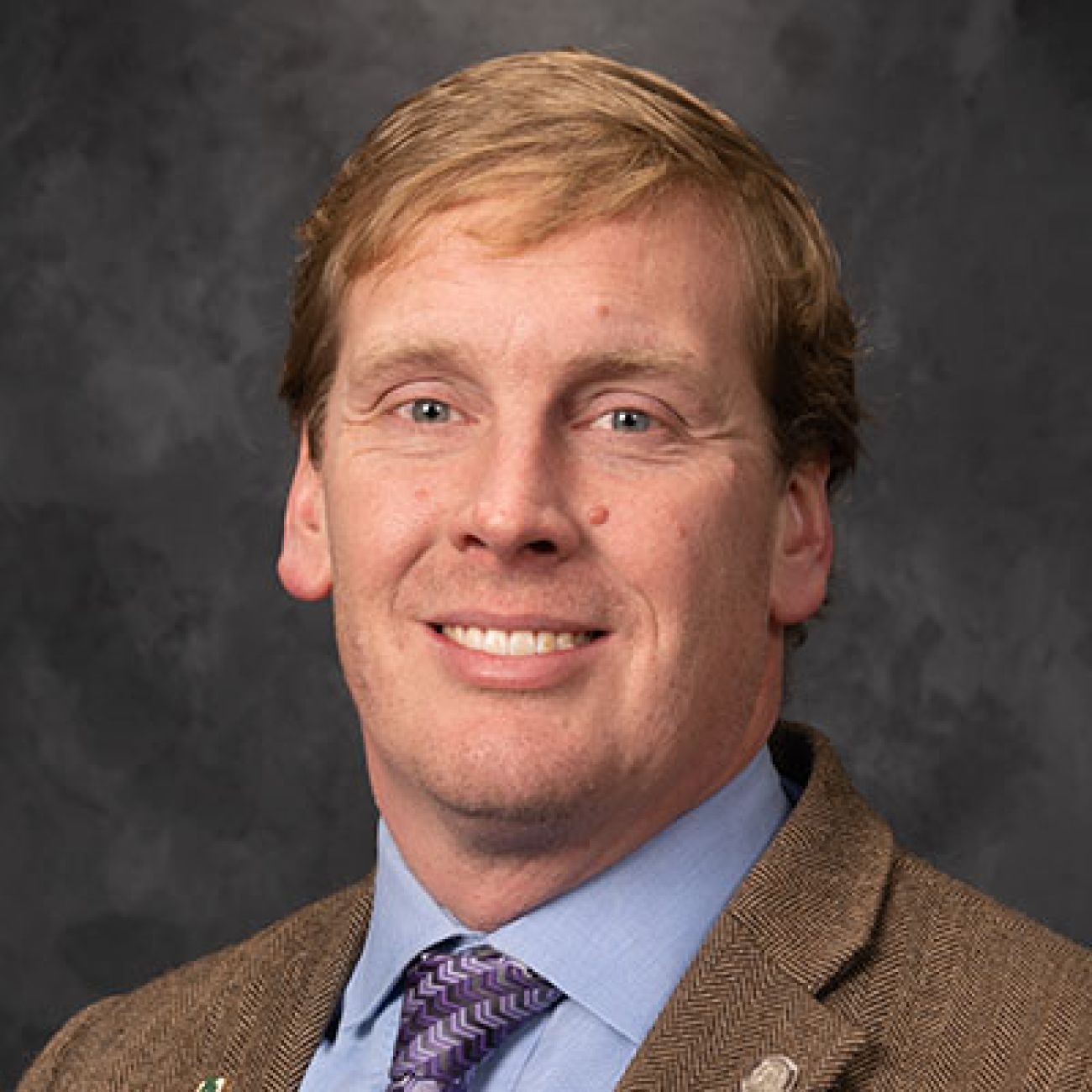School choice here to stay in Michigan: See how it impacts your district


- School officials don’t always like it, but choice isn’t going anywhere
- Here are four ideas to make it easier for districts and families
- Use Bridge Michigan’s interactive tool to see school choice in community
Michigan Sen. Ed McBroom says he’s watched schools of choice spread through the Upper Peninsula, destabilizing finances, causing competition for students and cuts among a host of districts.
The impact is “profound,” he said, because districts often have only one school building.

“It’s a really big detriment to our schools: It keeps our schools from being able to make some wise financial and programming decisions,” the Republican from Vulcan said.
Related:
- In Michigan, 1 in 4 kids go to school outside district, as choice expands
- Michigan’s draft population plan: Better schools, high-tech jobs, new taxes
- Michigan anti-property-tax group seeks to get on 2024 state ballot
- Gaps in Michigan student achievement remain wider than pre-pandemic norm, report finds
That said, schools of choice isn’t going away — and he and education experts say the best thing for policymakers to do is make it easier for districts to cope with choice now that 1 in 4 state pupils attends districts outside their own.
Here are some policy proposals that have been bandied about:
Tweaks to funding formulas
A big reason why choice is so detrimental to some districts is that students take their funding with them, an average of $9,600, to new districts.
Statewide, 90 percent of per-pupil funding is based on an October student count, while 10 percent is from the spring count.
That means if a student switches school in the summer, a district gets 10 percent of the state aid — roughly $900 — that would have come to the district if they had stayed.
Other states, including New York and Massachusetts, provide funding to the departing district for up to two years, said Danielle Edwards, an assistant professor of education at Old Dominion University in Virginia.
Michigan’s formula, which was temporarily changed during the COVID-19 pandemic because of a sharp drop in enrollment, can make it difficult on districts that could be surprised by a sudden loss of students and funding, said Sarah Winchell Lenhoff, an associate professor of education at Wayne State University.
Often, administrators do not find out they are losing a student until the new district requests a transferring student’s records; there is no formal notification process and the loss can occur after a district has hired teachers and other staff for the year, officials said.
“There's a very little built-in runway for districts that are losing students,” Lenhoff said.
Consolidation
Demographics aren’t favorable for Michigan, whose population has stagnated for decades and ranks 49th among states for population growth since 1990, ahead of only West Virginia.
But Michigan still has nearly 900 charter and public school districts. Many are tiny: The average district has 1,600 students, compared to 2,600 nationwide.
One obvious solution — consolidation — is unpopular with voters and officials.
In 2022, Gov. Gretchen Whitmer signed a state school budget that included $5 million for districts to study the feasibility of consolidation. Only one district expressed any interest; it didn’t meet criteria for a grant, according to a Michigan Department of Education spokesperson
The state has also set aside $245 million this year to help districts with initial costs of consolidation, but they must complete a feasibility study first.
No funds have been awarded yet.
“The geography isn't the culture,” said State Superintendent Michael Rice. “And the culture really does drive so much of the decision-making of local communities.”
Universal application windows
Edwards, the Old Dominion professor, also suggested Michigan could adopt universal application windows, allowing all districts and parents to know when it is time to apply, making it easier for parents to navigate but also putting districts on the same schedule.
“On the parent side, if I don't have to go to every district website that I want to apply to and figure out their timeline…I would have more information about how to apply to the schools. I wanted to send my kids to,” Edwards said.
Expand school choice
Others say the best solution is more school choice to promote competition — and improvement — among school districts.
Molly Macek, education policy director at the Mackinac Center for Public Policy, a free market think tank that supports school choice policies, said some parents are still unable to choose their preferred school because of transportation barriers.
Last year, former U.S. Education Secretary Betsy DeVos backed an effort to create a tax-credit based scholarships that parents could use to help pay for students’ education.
The Let MI Kids Learn program would have allowed donors to contribute to a private scholarship fund and then receive tax credits. Parents of lower-income students in public or private schools could tap into the funds for school-related expenses.
Michigan’s state constitution prohibits public monies being used for private education. But a group of families, represented by the Mackinac Center Legal Foundation, has challenged the provision in court.
A federal appeals court recently ruled against the families, but they may appeal the decision to the U.S. Supreme Court.
Study what’s working and not working
Macek said she would like to see research on why families are choosing their districts and what barriers exist for students to access schools of choice.
Steven Tunnicliff, the superintendent for the Genesee Intermediate School District, said he supports choice and wants children to have the best opportunities. But he also said the state needs to do some soul searching and figure out if the system that exists works for all students.
“Many of the realistic challenges that we've talked about are a result of the unfettered school-of-choice world that we live in right now and it does impact schools. It does impact planning. It does impact staffing and that's obviously not ideal,” Tunnicliff said.
See what new members are saying about why they donated to Bridge Michigan:
- “In order for this information to be accurate and unbiased it must be underwritten by its readers, not by special interests.” - Larry S.
- “Not many other media sources report on the topics Bridge does.” - Susan B.
- “Your journalism is outstanding and rare these days.” - Mark S.
If you want to ensure the future of nonpartisan, nonprofit Michigan journalism, please become a member today. You, too, will be asked why you donated and maybe we'll feature your quote next time!


